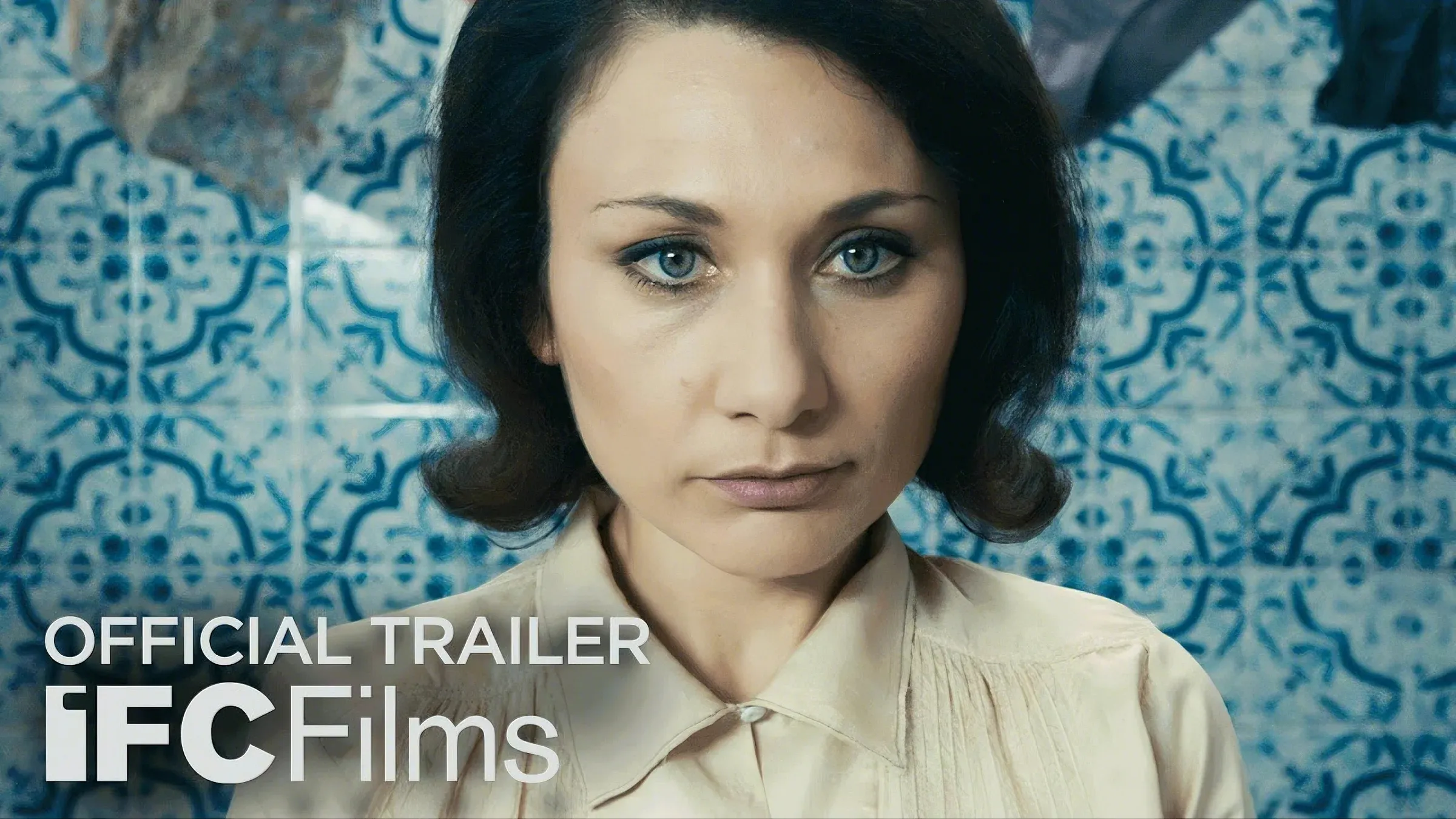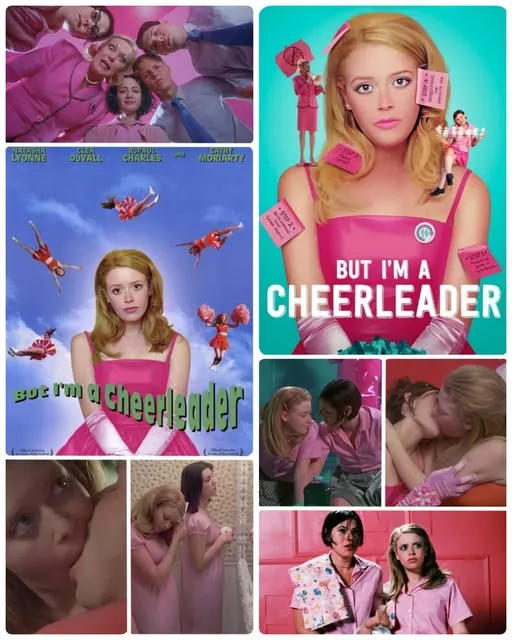The Duke of Burgundy (2014) is an atmospheric and sensual drama directed by Peter Strickland, exploring themes of love, power dynamics, and desire through an unconventional lens. Set in a world that feels timeless and removed from modern society, the film follows the intense and complex relationship between two women, Cynthia (Sidse Babett Knudsen) and Evelyn (Chiara D'Anna). Cynthia is a sophisticated entomologist who lives in a secluded mansion, while Evelyn is her much younger lover who works as her assistant. Their relationship, built on mutual attraction and deep emotional connection, soon becomes entangled in a world of dominance, submission, and psychological intensity. The film plays with the boundaries of power in relationships, using the motif of entomology and the study of insects as a metaphor for their intricate and often painful connection.

The film opens with Evelyn, who seems to be the submissive partner in the relationship, performing acts of service for Cynthia, such as organizing her extensive collection of butterflies. Over time, however, it becomes clear that the dynamic between the two is more complex. Cynthia enjoys the role of being the dominant partner, with a clear preference for control and order in their relationship. Evelyn, on the other hand, finds herself caught between her love for Cynthia and her growing need to rebel against the increasingly rigid boundaries that Cynthia sets for their relationship. The film focuses on their emotional and physical rituals, which are often framed within the confines of the bedroom, as the two women navigate their desires, fears, and power struggles. Throughout their interactions, the viewer is presented with a slow-burn exploration of the complexities of love, the contradictions within desire, and the subtle manipulation that defines their bond. As the narrative unfolds, the power balance in their relationship begins to shift, and the psychological tension between them escalates. Evelyn begins to question the nature of her submission and whether it is something she truly desires, or merely an aspect of the performance that Cynthia expects from her. This tension culminates in a deeper examination of identity and self-worth, as Evelyn explores her own emotions and attempts to break free from the confines of her role in the relationship. Meanwhile, Cynthia is revealed to be emotionally vulnerable as well, hiding her own insecurities behind a mask of control. The film's hauntingly beautiful visuals, combined with its meticulous pacing, create a deeply intimate portrayal of the complexities of power dynamics in relationships, as both women grapple with their desires and the inherent contradictions in their connection.

The Duke of Burgundy is not simply about sexual desire; it also examines the emotional weight that accompanies relationships founded on complex power structures. The film focuses heavily on the psychological aspect of intimacy, with its characters trapped in cycles of rituals and repetition that both bind and torment them. The intricate visual style and immersive sound design, combined with Strickland’s deliberate pace, create a surreal, dreamlike atmosphere that enhances the emotional depth and tension. The film doesn’t shy away from exploring the darker sides of love and affection, capturing both the beauty and discomfort of these intricate emotional exchanges. In the end, The Duke of Burgundy presents a compelling, visually striking meditation on love, control, and the complexities of human relationships, leaving the audience with a thought-provoking experience about the delicate balance between power and submission.




